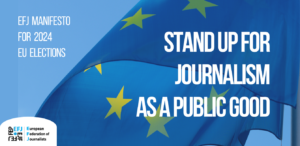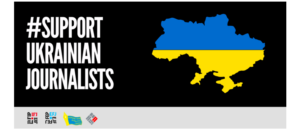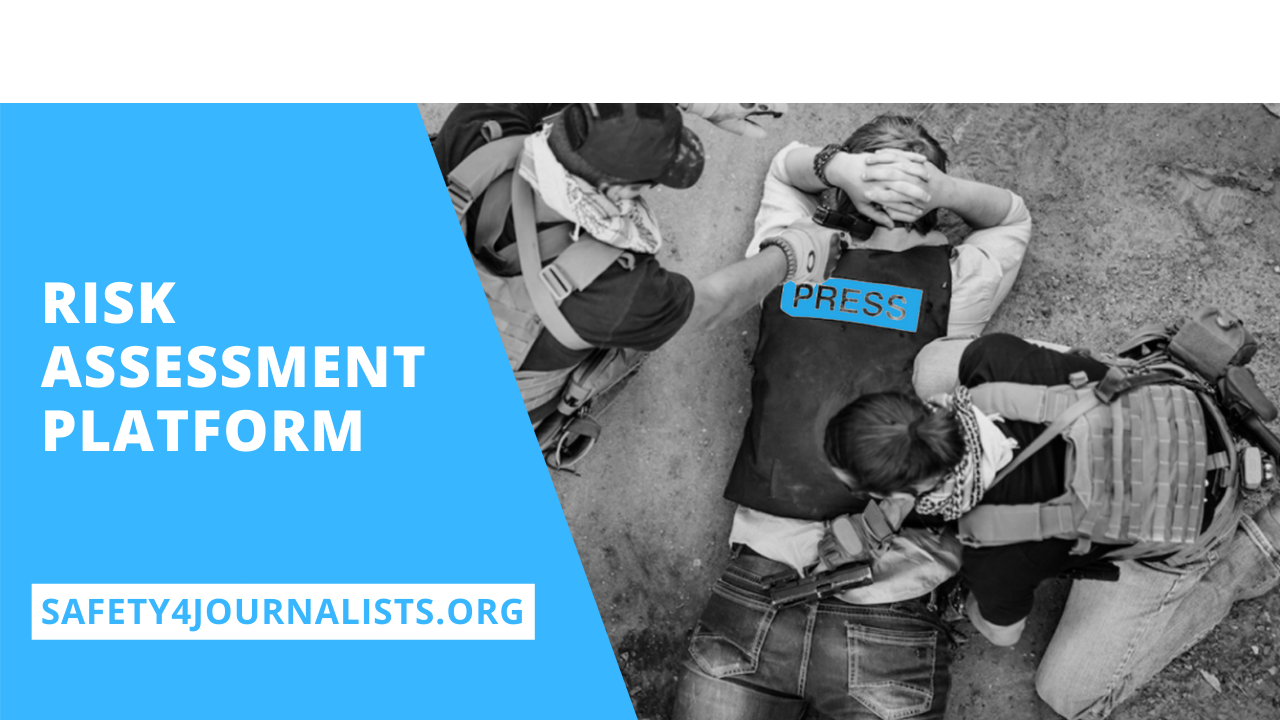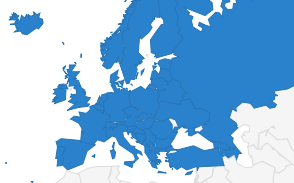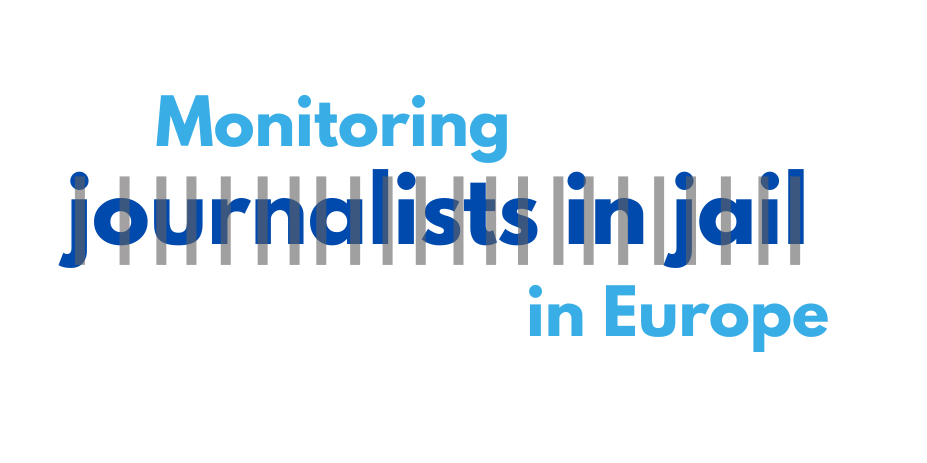Gender inequalities in media content and production persist, new study says

The European Parliament has just published its latest study on ‘Gender Equality in the Media Sector’. The study, requested by the Committee on Women’s Rights and Gender Equality and undertaken by the Department of Citizens’ Rights and Constitutional affairs, examines representation and conditions in the media and key elements of European policy towards gender equality in the sector. It also presents case studies in Austria, Malta, Sweden, and the UK.
Many women who were interviewed reported widespread discrimination and inequality of opportunities in pay, recruitment, allocation of work, and promotion. Working structures, norms and practices were also seen as advantaging men over women, for example in childcare, communication, sexual harassment and bullying. The study also touched on sexual harassment in the media sector:
“The recent #MeToo campaign has raised awareness of the prevalence of harassment, and appears to be facilitating the development of a cultural atmosphere in which women feel better supported to disclose their experiences. Nonetheless, what constitutes harassment and how media organisations should respond to disclosures remains contested. Industry decision-makers should respond by making efforts to ensure that internal harassment policies reach the highest possible standards of fairness, clarity, and transparency.”
Current European policies include long-standing issues, such as the gender pay gap and discrimination, but the study identified new problems, such as inequality within digital media platforms. In addition, although discriminatory media content is prohibited in central policy aims, sanctions for violations of this are often limited due to a strong commitment to the freedom of expression. The study believes that improved content should follow from increased equality in the workforce.
Recommendations for future action include:
- counteracting discriminatory norms, attitudes and unconscious biases through social campaigns, education programmes, targeted training and awareness-raising
- ensuring that existing rules on equal treatment are enforced
- more transparency around pay, recruitment, promotion and complaints structures
- gender quotas in recruitment are effective temporary measures, but targeted training, mentoring and networking would help to ensure equality further towards the top of media structures
- more research around securing gender equality in new digital media platforms
- further investment in funding for initiatives tackling gender equality in the media sector, by national and European authorities
The findings of this study are based on desk research and interviews with 37 respondents, including individuals working at the European and Member State levels to promote gender equality, media regulators, and women working within the media industries of the four case study countries.

